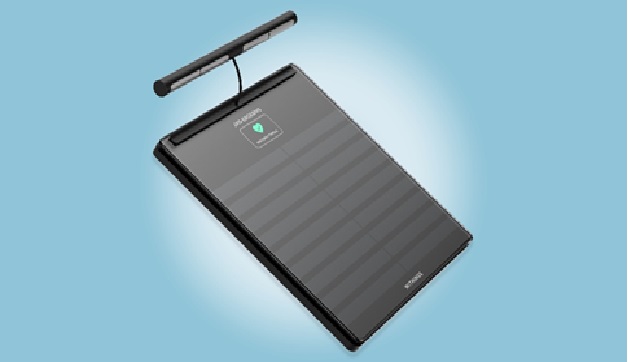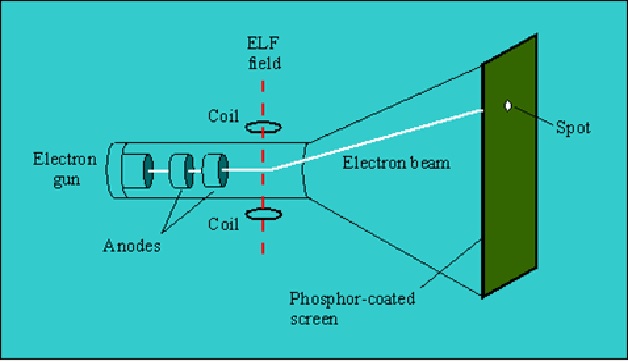Overview of Synthetic Aperture Radar
A Synthetic Aperture Radar (SAR), or SAR, is a coherent mostly airborne or spaceborne sidelooking radar system which utilizes the flight path of the platform to simulate an extremely large antenna or aperture electronically, and that generates high-resolution remote sensing imagery. Over time, individual transmit/receive cycles (PRT's) are completed with the data from each cycle being stored electronically. The signal processing uses magnitude and phase of the received signals over successive pulses from elements of a synthetic aperture. After a given number of cycles, the stored data is recombined (taking into account the Doppler effects inherent in the different transmitter to target geometry in each succeeding cycle) to create a high-resolution image of the terrain being over flown. [1]

Figure 1. Overview of Synthetic Aperture Radar
Figure 1 shows SAR technology provides terrain structural information to geologists for mineral exploration, oil spill boundaries on water to environmentalists, sea state and ice hazard maps to navigators, and reconnaissance and targeting information to military and intelligence operations. There are many other applications for this technology. Some of these, particularly civilian, have not yet been adequately explored because lower cost electronics are just beginning to make SAR technology economical for smaller scale uses. [2]
The Role of Frequency and Wavelength
Optical sensors such as Landsat's Operational Land Imager (OLI) and Sentinel-2's Multispectral Instrument (MSI) collect data in the visible, near-infrared, and short-wave infrared portions of the electromagnetic spectrum. Radar sensors utilize longer wavelengths at the centimeter to meter scale, which gives it special properties, such as the ability to see through clouds (view electromagnetic spectrum to the right). The different wavelengths of SAR are often referred to as bands, with letter designations such as X, C, L, and P. The table below notes the band with associated frequency, wavelength, and the application typical for that band. [3]
24/7 reliable monitoring
EO sensors typically depend on solar illumination, which means the information they can provide at night is very limited. The wavelengths captured by most EO systems also are not able to penetrate well through cloud or hazy atmosphere. Typically, EO sensors are launched into sun-synchronous orbits where they pass over targets at the same time in the morning to avoid cloud formation.
Because SAR systems are self-illuminating and the wavelength used can penetrate clouds, fog, smog, darkness and smoke, they can be effectively used in a variety of polar or inclined orbits to increase the diversity of observation times. This orbit diversity and ability to see through any atmospheric conditions allows SAR to collect images at any time of day or night. It also ensures that users of SAR can reliably and consistently monitor their areas of interest. [4]
References:
- https://www.radartutorial.eu/20.airborne/ab07.en.html
- https://www.sandia.gov/radar/pathfinder-radar-isr-and-synthetic-aperture-radar-sar-systems/what-is-sar/
- https://earthdata.nasa.gov/learn/backgrounders/what-is-sar
- https://www.capellaspace.com/the-key-benefits-a-sar-constellation-can-bring-to-earth-observation/
Cite this article:
Thanusri swetha J (2021) Overview of Synthetic Aperture Radar, AnaTechMaz, pp. 44















